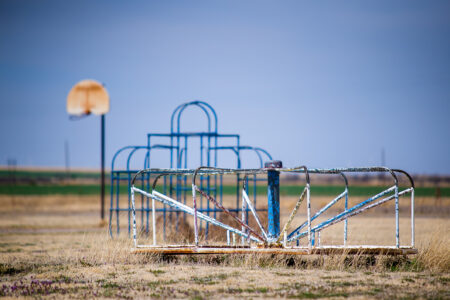
Share On Social!
An underground lab experiment in New York City (28.6% Latino) just successfully tested if solar panel skylights could sustain plant life to determine if an underground park could thrive.
This lab experiment is the result of five years of discussions about transforming the Williamsburg Bridge Trolley Terminal, which stopped servicing passengers in 1948, into an underground park with a cultural center and area for concerts. The terminal has been out of operation longer that it was in operation.
In 2011, two urbanist entrepreneurs proposed the idea for the Delancy Underground, which is now known as the Lowline.
Reclaiming public space is at the heart of growing healthy communities and economics around the world, particularly when space has gone unused for decades.
The Lowline team launched a Kickstarter campaign in 2012 and raised over $155,000. They explored solar technology to create public space in this dark, forgotten space below a densely urban area.
With support from nine elected officals, they will launch a campaign to raise funds for construction with an anticipated opening date in 2021.
Everyone deserves safe places to walk and be active, but not all transformations require solar technology or an experimental lab. Healthy changes like this require someone speaking up about unused/abandoned space.
For example, this foster mom started the transformation of an unused public pool in a low-income neighborhood in Minneapolis. A group in Portland renovates abandoned basketball and tennis courts for kids living in recreation deserts to play futsal.
Start the conversation in your community. Share this story with others who are interested in transforming unused space into vibrate public space.
By The Numbers
33
percent
of Latinos live within walking distance (<1 mile) of a park



